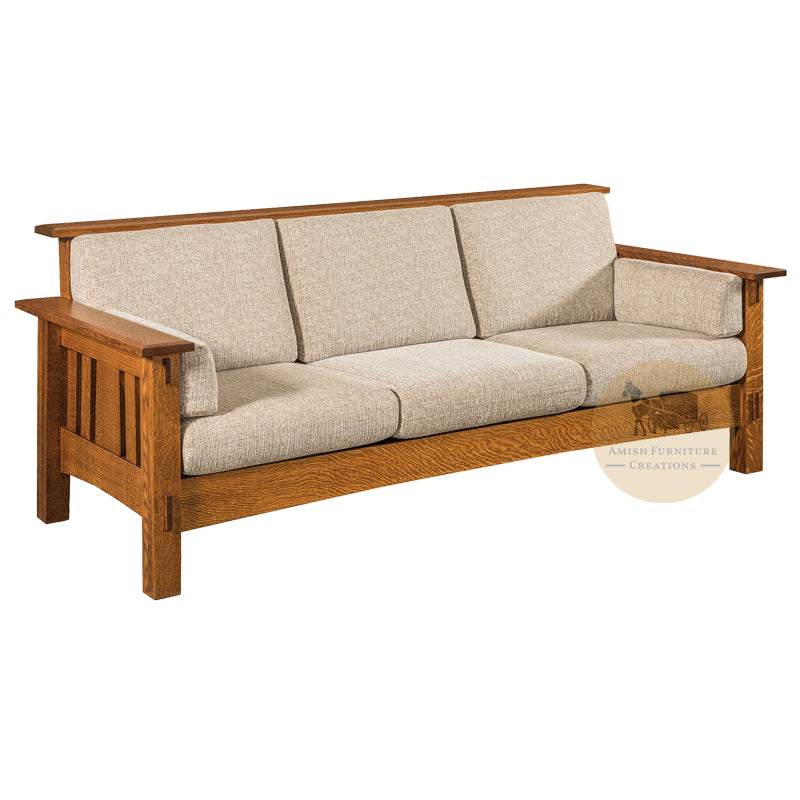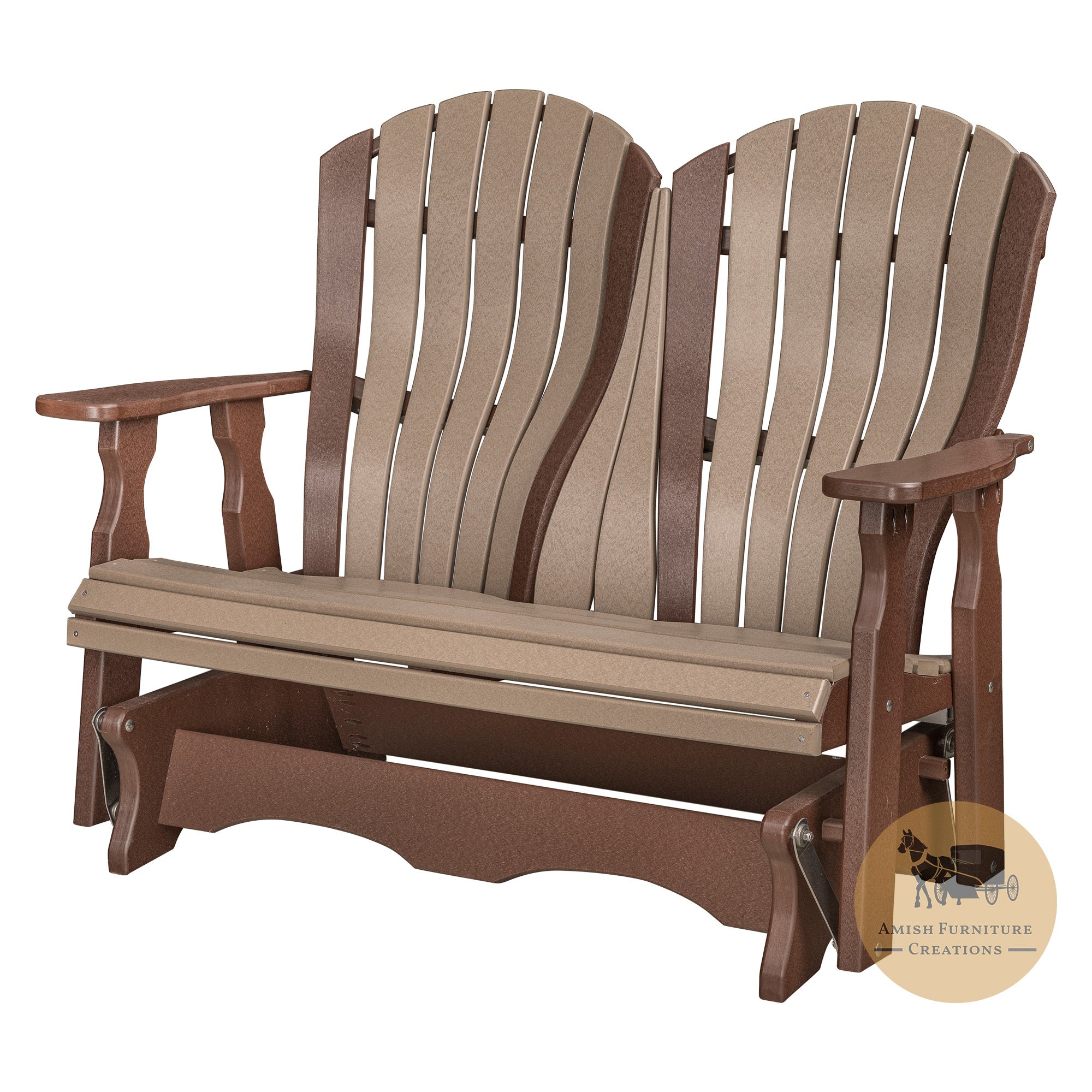How Furniture Was Handmade in Amish Settlements
Amish furniture is characterized by its durability, timeless charm, and warm feel that goes well with most interior design options. These American-made furniture pieces are solid wood furniture made with close care and attention for each detail. What characterizes Amish furniture over mass-produced furniture is as much about the Amish woodworkers as the furniture themselves. To truly appreciate each piece of furniture, the Amish furniture-making process, and how Amish woodworkers transform carefully selected hardwoods into priceless heirloom-quality furniture pieces, let us show you a brief introduction to how Amish furniture is made.
Amish Furniture Creations™ shares with you everything you need to know to appreciate Amish furniture. We share with you topics on What is Amish Furniture, and why is Amish furniture so expensive and coveted to help us bring the appreciation of this heritage American made furniture to a wider audience.
Wood Selection
Certain wood species are more readily available than others, depending on their geographic location. North America is home to over a thousand species of softwoods and hardwoods. However, a few can make better choices for wooden furniture. Amish carpenters will only prefer the toughest and the loveliest wood for furniture making.
Amish woodworkers take great emphasis on wood selection. They choose the best wood species depending on which furniture it will go to. Aside from finishing, the aesthetical appeal of Amish furniture is how they work with the wood grain for appearance and strength. For example, they may select brown maple lumber to make barrister cabinets. Or in the case of custom orders, the process goes way back to choosing the lumber. If toughness is a primary preference, Amish woodworkers will select white oak. Historically, these are tough enough to make ships and barrels and are easily stainable, making white oak ideal for outdoor furniture. Walnut and black cherry are other alternatives, especially for their patina, resistance to warping, and warm shade. For pieces of furniture that require a lighter shade, then hard maple is an excellent choice because of its strength and resistance to scratches. Hickory is dense and tough, as well as has very challenging workability. Hickory makes for the best tool handles, golf clubs, lacrosse paddles, furniture, trim, and cabinetry. For clothing storage cabinets, woodworkers select cedar because of its natural ability to repel moths. For distressed wood patina, pine is the best choice.
Amish Furniture Making Techniques
What sets an Amish woodworking shop apart from other furniture makers is the rarity of electric power tools. Amish communities are "off-the-grid," meaning they don't use general electrical services. However, this doesn't mean it compromises the quality of the work of Amish furniture makers. Woodworking is a family tradition. Their furniture-making techniques are passed down from many generations and have achieved a certain level of perfection that mass-produced or imported furniture couldn't match. Since Amish furniture is handcrafted, it will take several weeks or several months to complete an order, depending upon each builder's workload.
Tools
The Amish avoid using power tools connected to standard electricity grids because of their beliefs. However, in order to maintain their high quality, the Amish use tools powered by natural gas or diesel generators, air compressors, and/or batteries. Working with solid wood will take a lot of effort, especially hickory, and pneumatic-powered tools can help save time. Amish shops may contain a pneumatic drill press, sander, band saw, and buffer, though most finishing sanding is done by hand. Amish craftsmen also use traditional hand tools such as hand saws, chisels, planes, awls, and hammers.
Amish Furniture Plans
Amish carpenters build furniture based on orders. Each piece is handcrafted furniture. These are primarily custom-fitted depending on their customer specifications. The customer may have wood, finish, hardware, and upholstery options. As discussed earlier, the selection of the wood is vital depending on the piece of furniture. These Amish custom furniture makers pay close attention to every detail.
Joint Making
One of the distinctions of Amish furniture makers is their joint-making. They rarely use nails and only utilize screws where they deem them necessary for added structural strength or on the plain back panels of casegoods that will be up against a wall. Most Amish furniture builders use joint-making techniques and high-quality wood glue to join pieces together and sometimes employ wood dowels as well. Here are three joinery techniques that woodworkers in Amish shops use:
- Mortise and Tenon Joints:
This joinery technique involves joining two pieces of wood at a 90-degree angle. The narrower stub is a tenon, while the tenon inserts into a mortise. To make this joint very secure, the precision of the cut is crucial, usually done by hand or a simple power tool to save time.
- Dovetail Joints:
Dovetail joints differ from mortise and tenon joints because the slots and stubs are angled. Dovetail joints are when two pieces are joined at an angle, such as drawer slides. These interlocking joints are called tail sockets and pins. There are different variations of dovetail joints to accommodate different angles. However, the most common ones are the half-blind and through dovetails.
- Tongue and Groove Joints:
Tongue and groove joints are more extended versions of mortise and tenon joints. These are for joining boards lengthwise, which you may typically find for wider panel construction, such as a tabletop or the solid vertical back of a barrister bookcase.
Amish Furniture Styles
The Amish furniture styles are functional, simple, warm-looking, timeless, and heirloom-quality. The most popular Amish furniture styles are the Shaker and Mission styles. Two waves showcased Amish furniture styles to the general audience. These are the Arts and Crafts movement in the early 20th century and the internet, where furniture distributors work with Amish family-owned businesses to promote and distribute Amish furniture pieces.
- Mission Style Furniture
Mission style furniture blends influences from Spanish architecture and Native American influences. Like many Amish furniture pieces, they don't have many decorative details. Instead, the Mission Style showcases showmanship, as shown by exposed joinery, to set it apart from mass-produced furniture.
- Shaker Style Furniture
These are the most commonly-associated style the Amish use. Aside from using local materials such as oak and maple, this style rejects ornamentation making these pieces of furniture uncomplicated but very functional and high quality nonetheless. The type limits the hardware option to wood instead of metallic pulls.
Final Thoughts
Nothing else showcases American-made furniture styles than the Amish. With their timeless beauty, these are also exemplars of high standards of craftsmanship. Though Amish furniture pieces are expensive at face value, these can bring more value to you because of their durability and the level of craftsmanship that goes into every piece of furniture that can last for generations. Each piece of furniture is unique and can go well as accent pieces or furnishings to bring life and warmth to any room of your home.
Amish Furniture Creations™ is a family-owned and operated company located in Mesa, Az. We work with the Amish community to deliver you the finest Amish furniture pieces. We also offer custom options if you prefer other types of wood, hardware, upholstery, or finish options. Just visit our site or call us to learn more.



